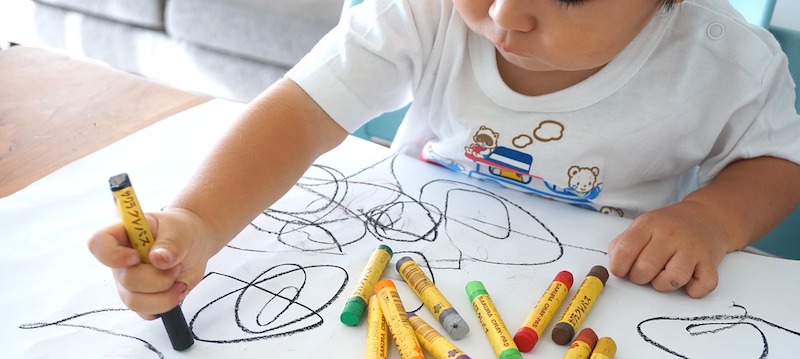
🧘♀️ How Tailoring Your Practice Can Elevate Your Yoga and Meditation Experience 🧘♂️
Whether you’ve been practicing on your mat for ages or are just trying out breathwork in your living room, one transformative truth in any yoga or meditation experience is this: personalization is essential. Everything from your selected instructor to the style of guidance you follow can be customized to cater to your individual needs—emotional, mental, and physical. This personalization is what transforms your practice into a sustainable, healing, and profoundly enriching ritual.
In this piece, we will discuss how customizing your practice—by discovering the right instructors, recognizing your learning style, and being truthful about what resonates with you—can revitalize your yoga or meditation experience.
🧠 1. Grasp Your Motivation — And Align With the Right Instructor
Each individual approaches the mat carrying their own narrative.
Whether you’re confronting anxiety, recovering from trauma, building resilience, or simply seeking tranquility amid chaos, the “why” behind your practice imbues it with meaning. Selecting an instructor whose vision, energy, and goals resonate with yours can be the key to moving beyond mere physical stretches to deep emotional exploration.
For instance, someone recovering from childhood trauma may find significant solace in instructors or guided meditations that emphasize mental health support, nervous system stabilization, and compassionate mindfulness, rather than those that focus solely on physical prowess.
This doesn’t imply that one instructor is superior to another—just that some are a better fit for YOU.
🔍 2. Everyone Possesses a Learning Style – Acknowledging Yours Fosters Deeper Connection
Remember those lessons in school about visual, auditory, and kinesthetic learning styles? They still hold true.
In the realm of spiritual and somatic practices like yoga and meditation, learning styles manifest in distinctive ways:
– Visual learners may gravitate toward video-based classes where movements and poses are visually illustrated.
– Auditory learners could gain more from guided meditations or instructors who utilize tools such as chanting, singing bowls, and verbal imagery.
– Tactile or kinesthetic learners might discover depth in sensing their movements while minimizing external distractions, perhaps closing their eyes during asanas or meditative sessions.
The takeaway? It’s perfectly fine—and beneficial—to explore various classes, formats, and tools until you find what most deeply connects and centers you.
🥰 3. Gentle Preferences Are Important Too – Trust Your Instincts
Your yoga or meditation environment is one of the rare spaces in life that can be completely unfiltered and wholly yours.
This means it’s absolutely okay to have preferences for certain instructor voices, class durations, music styles, or even fragrances. You may enjoy soft background music while finding upbeat Vinyasa playlists unsettling. Or perhaps your best meditative moments occur in a specific room at a particular hour.
It isn’t selfish or trivial to honor what feels right. In fact, recognizing and valuing these gentle preferences can make your practice more welcoming, meaningful, and regular.
💬 4. Communication Must Meet You Where You Are
A universal approach doesn’t work in spiritual endeavors—especially regarding messaging.
Consider affirmations. While they can be empowering for many, they might come across as hollow or even distressing for those grappling with low self-esteem or navigating loss or trauma. A 2009 study published in Psychological Science found that positive self-statements can backfire for those who don’t believe in them, leading to greater discomfort.
This underscores the necessity of customizing your approach. For example, for someone facing financial instability, proclaiming “I am wealthy” might feel disingenuous or painful. A more grounded affirmation like, “I am safe, I have shelter, and I am cultivating abundance” might feel more uplifting and realistic.
Allow yourself the space to be honest about what is effective—and what isn’t. Growth starts from the authenticity of the moment, not from an idealized vision.
🧗♀️ 5. Progress is Individual — and It Requires Patience
Finding the perfect yoga or meditation instructor (or technique) can be akin to dating. You may attend several classes or try various meditation apps before you truly feel recognized. This is perfectly normal.
In fact, recognizing that your preferences may shift over time can relieve pressure. What resonated during a period of heartbreak may transform when you’re prioritizing professional development or physical recovery.
Be compassionate with yourself. Every class you sample brings you closer to refining your practice. There’s no rivalry and no urgency.
✨ Final Reflections: Personalize to Transform
We aren’t blank slates entering a yoga studio or settling down for meditation—we’re intricate beings with stories, preferences, injuries, and aspirations. Whether you’re carefully sequencing your vinyasa flows to deepen bodily awareness or discovering moments of stillness during your lunch break, the